Chosen theme: Green Building Materials for Interiors. Step into a world where elegant design meets low-tox, low-impact choices that elevate comfort, health, and style. Explore practical ideas, inspiring stories, and expert guidance to create interiors that breathe with you. Subscribe and share your goals so we can tailor future insights to your next sustainable project.
What Makes Interior Materials Truly Green?
Green Building Materials for Interiors prioritize low- and no-VOC formulations in paints, adhesives, sealants, and finishes. These choices reduce off‑gassing, support easier breathing, and minimize headaches or irritation. If you’ve ever walked into a freshly renovated room and felt your eyes sting, you know why this matters. Tell us how you manage ventilation during projects.
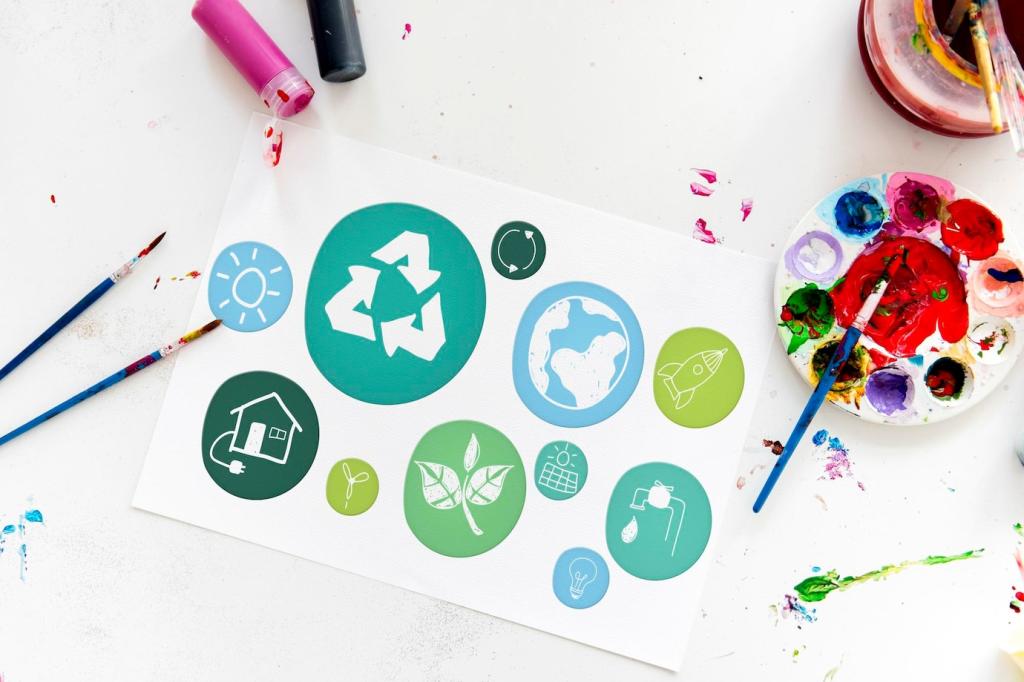

What Makes Interior Materials Truly Green?
Materials like cork, bamboo, recycled glass, and reclaimed wood anchor Green Building Materials for Interiors. They conserve resources, cut landfill waste, and often carry verifiable sourcing credentials. Responsibly harvested wood and recycled content help lower environmental impacts without sacrificing beauty. Which renewable materials have impressed you most in performance and appearance?

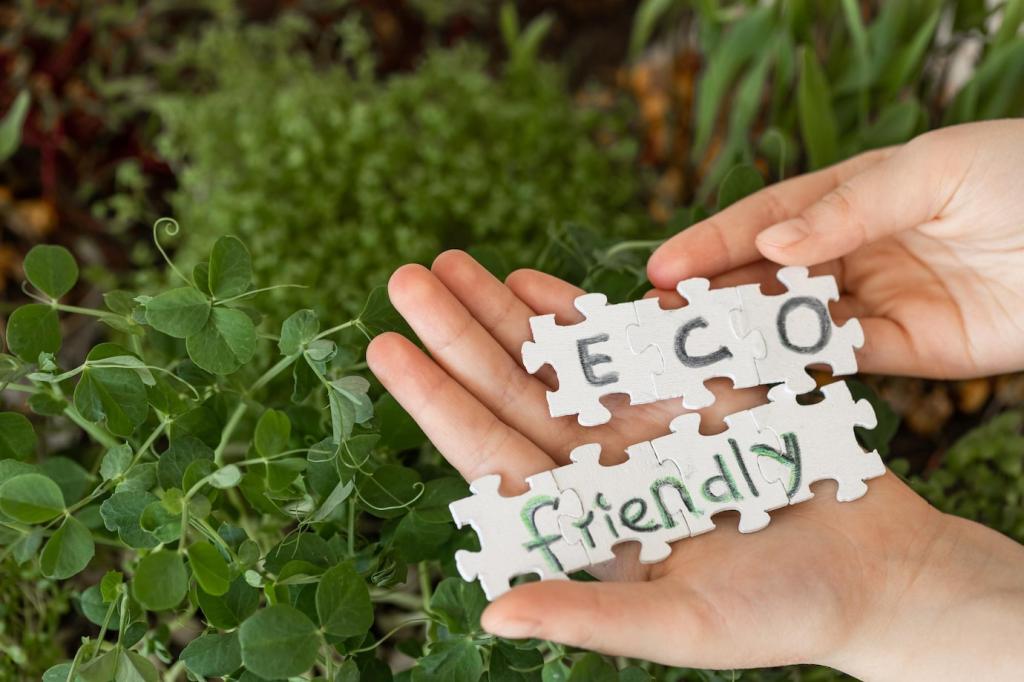
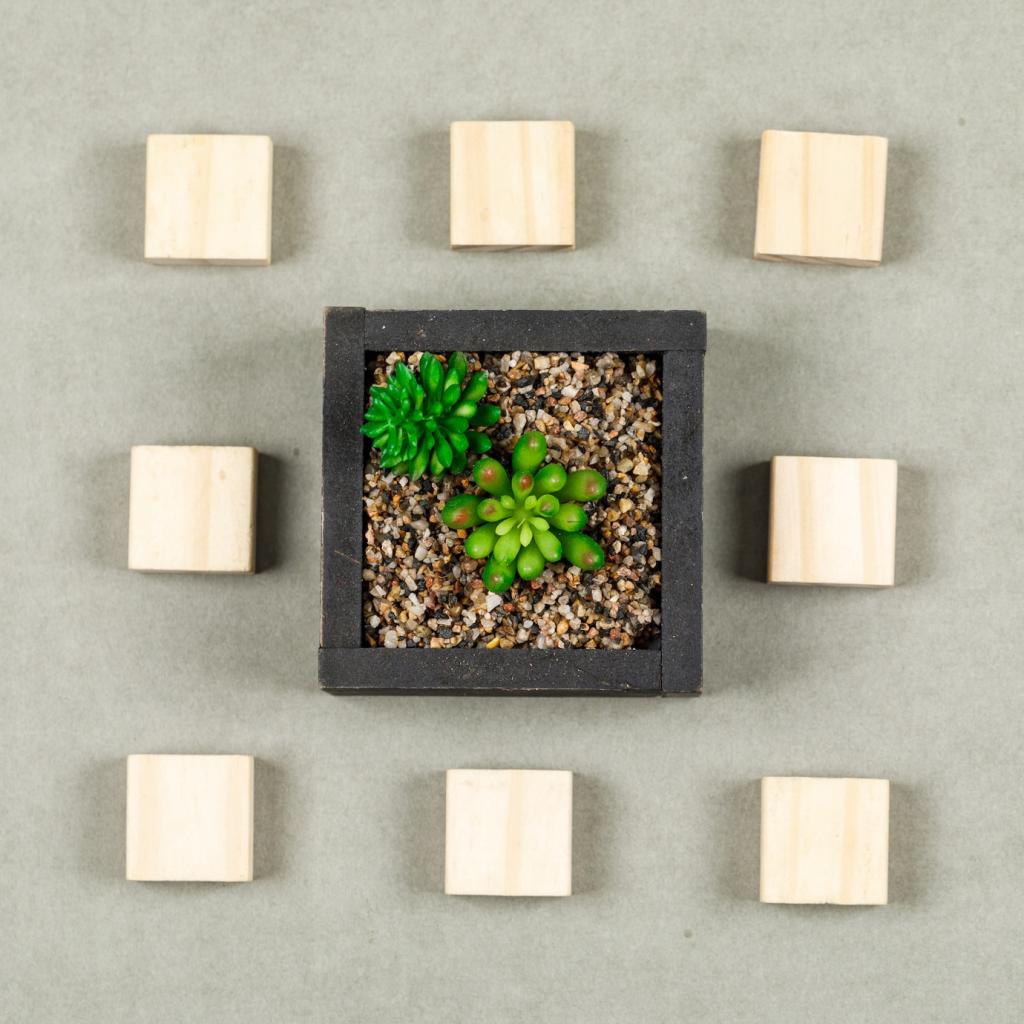
Bamboo and cork are standouts in Green Building Materials for Interiors for their renewability and comfort. Cork provides natural resilience and acoustic softness, while strand‑woven bamboo delivers durability with a refined look. Specify low‑VOC finishes and adhesives for best results. Which rooms in your home could use this gentle, springy feel?
Flooring That Feels Good Underfoot and to the Planet
Reclaimed planks embody the storytelling soul of Green Building Materials for Interiors. Salvaged from barns or warehouses, each board carries history and patina. One reader reused school gym bleachers for a studio floor—maple, nail holes, and all—and guests still ask about it. Would you showcase reclaimed character in your entry?
Flooring That Feels Good Underfoot and to the Planet
Cabinetry and Furniture: Beauty Without the Toxins
Formaldehyde‑Free Plywood and Solid FSC Wood
Cabinet boxes and shelves built with formaldehyde‑free plywood or solid FSC‑certified wood embody Green Building Materials for Interiors. Specify responsible forestry and low‑tox binders to reduce indoor pollutants. You’ll get robust joinery and rich grain without compromise. What wood species would complete your dream kitchen or study?
Finishes That Let Wood Breathe
Plant‑based oils and waterborne varnishes align with Green Building Materials for Interiors, bringing depth to wood while limiting harsh odors. They allow easier spot repairs and beautiful aging. Test samples on offcuts to preview tone shifts. Share your favorite finish combos and subscribe for our maintenance schedule template.
A Small Kitchen Makeover, Big Air‑Quality Win
One couple replaced particleboard cabinets with formaldehyde‑free birch boxes and a plant‑oil finish—pure Green Building Materials for Interiors. Within days, the stale chemical smell vanished, and cooking aromas stayed true. Friends noticed the difference immediately. Would you try a similar swap? Tell us what’s holding you back.
Cellulose, Sheep’s Wool, and Recycled Denim
Bio‑based and recycled fibers shine among Green Building Materials for Interiors, offering thermal comfort with fewer irritants. Cellulose from recycled paper, sheep’s wool, and denim batts fit snugly and can buffer moisture. Verify treatments and certifications to match your goals. Which attic or wall could benefit from a healthier upgrade?
Quiet Rooms with Recycled PET and Wood Wool Panels
Acoustic panels made from recycled PET or sculpted wood wool exemplify Green Building Materials for Interiors. They soften echoes in offices, nurseries, and studios with tactile warmth. Choose low‑VOC adhesives for mounting and enjoy immediate acoustic relief. Share your reverberation woes, and we’ll propose a simple treatment plan.
Sealants and Tapes Without Harsh Solvents
Air‑sealing boosts comfort and efficiency, and Green Building Materials for Interiors prioritize low‑odor sealants and tapes. Look for water‑based, solvent‑free formulations that still bond tightly. Better sealing supports stable temperatures and cleaner air. Tell us where drafts sneak in at home, and we’ll help you map a fix.
Labels That Matter: Read Before You Buy

FSC and PEFC: Forests Protected, Wood Verified
For wood‑based Green Building Materials for Interiors, FSC and PEFC certifications signal responsible forestry and traceable supply chains. Ask suppliers for chain‑of‑custody documentation and confirm species. Responsible wood supports biodiversity and long‑term resilience. Which certified species match your design aesthetic and budget?
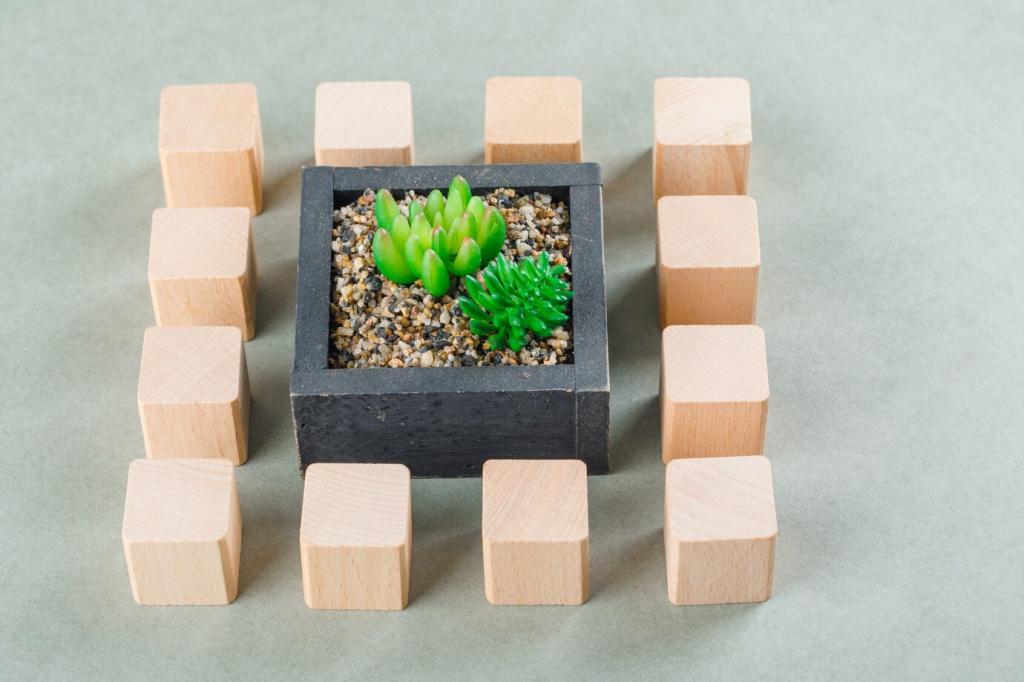
GREENGUARD Gold, FloorScore, and Green Seal
Indoor air quality labels help identify Green Building Materials for Interiors with low emissions. GREENGUARD Gold addresses sensitive spaces like schools; FloorScore focuses on flooring systems; Green Seal covers performance and health criteria. Which label do you check first when browsing samples?
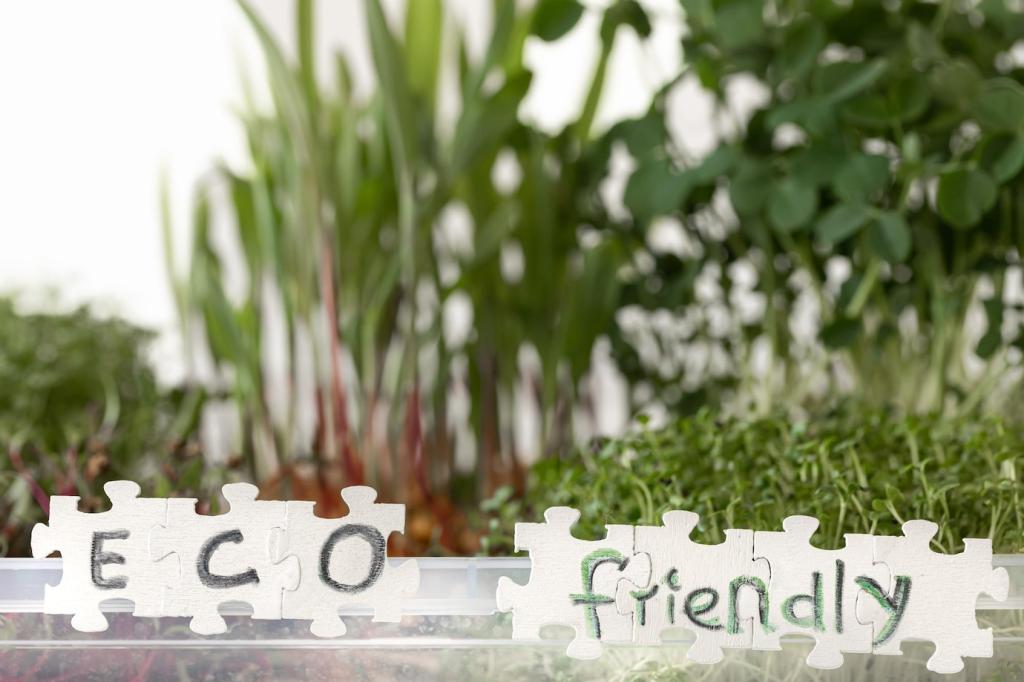
EPDs, HPDs, and Declare: Radical Transparency
Environmental Product Declarations and Health Product Declarations reveal impacts and ingredients, while Declare offers a straightforward, disclosure‑driven label. These tools empower smarter choices in Green Building Materials for Interiors. Ask brands for documents, compare options, and share your findings with our community.
